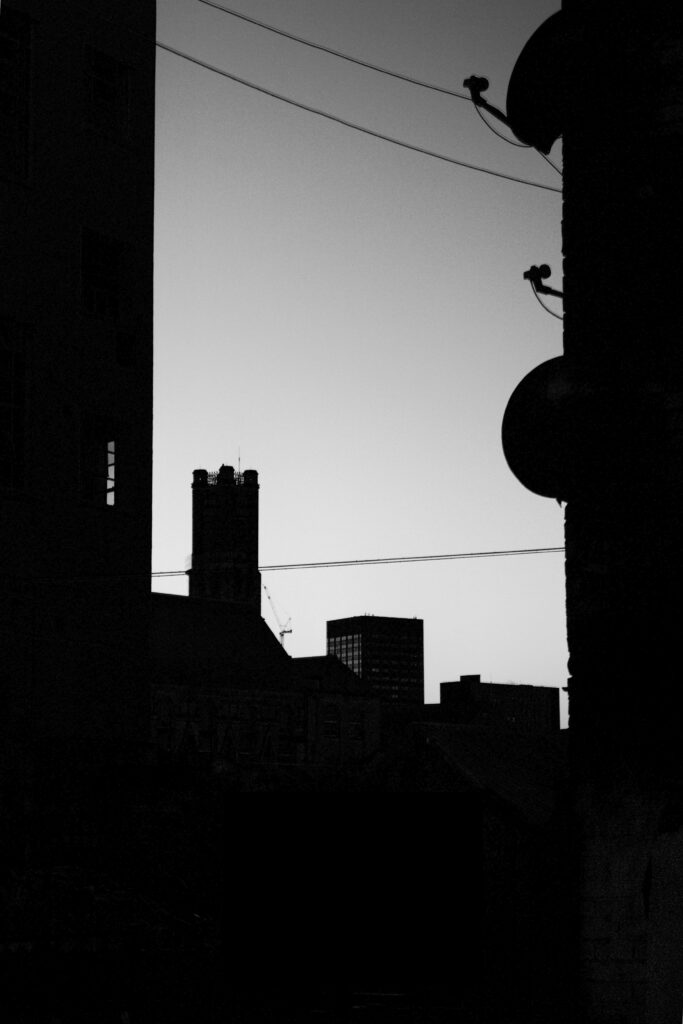The city of Birmingham is a living monument to the passage of time. With its industrial past juxtaposed against a modern city centre, the buildings that made the city must be preserved. Yet for some, the future can look bleak and you must visit them before they go. Read on as we discuss three key buildings, essential to understanding Birmingham’s industrial past.
Curzon Street Station

Source: Unsplash
Curzon Street Station is the oldest surviving monumental railway station in the world. It was opened in 1838. A beautiful neo-classical design, its location in the east of the city was always its downfall. It only served passenger trains between 1838 and 1854 before it turned into a goods-only railway. It closed for all freight in 1966 and its platforms were removed, leaving only the building.
Since its closure, it has had several uses. It was a space for experimental theatre, a Parcel Force sorting office and most recently, was marked for redevelopment as part of the HS2 railway. However, the cancellation of this project has seriously put the building’s future in jeopardy.
While it requires serious investment, the building could be saved and still have a use. One solution is a casino, which would attract business, buoying other hospitality venues close by. This industry has had a push recently, with the boom in online casinos increasing footfall in physical ones. New players have been attracted by welcome offers and understanding bonuses is a key part of bringing new players to the industry. These include free spins and matched deposits. While there are several in the city centre, a larger resort-style building the type of which they have in Las Vegas could be a solution to the regeneration of a building like this.
Birmingham Back-to-Back Houses
On the edge of Birmingham’s China Quarter sits a row of terraced houses. From the front, they seem quite unremarkable. Yet their construction is such that the backs of them are attached to the backs of other houses. With doors and windows at one side only, one house looks to the street and another opens onto a courtyard.
These back-to-back houses were built in the 1830s during the Industrial Revolution. Many of them had poor air circulation leading to dampness. They were built cheaply and were for the poorer people in society. As a result, few have survived and have since been demolished. These are now under the care of the National Trust.
Kings Norton Stop Lock
Another remnant of the Industrial Revolution was the canal network, used to transport goods throughout the United Kingdom. The Kingswood Junction connected two of the major trade routes on this network. However, each of these was owned by a private company, and both wanted to preserve the water supply in its canal which could differ greatly.
The solution was the Kings Norton Stop Lock. It had two vertical gates that hung from chains on an iron frame. This winch lets water flow in and out, without a vast amount moving from one side to the other. Today, the gates remain permanently open but the mechanisms are still in place.
From housing to transport, Birmingham is rich in heritage. Take some time out to explore the past in this fantastic city. It will take you to places you didn’t know existed or may have overlooked before, and give you a fascinating insight into Birmingham’s industrial past.





